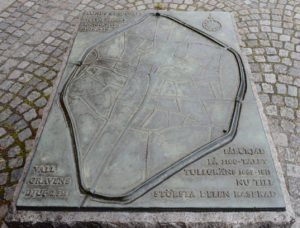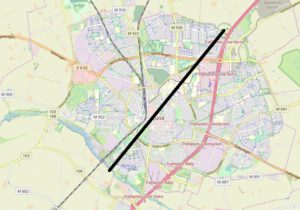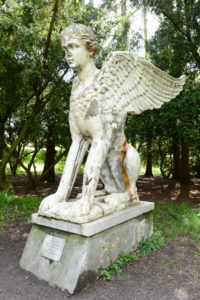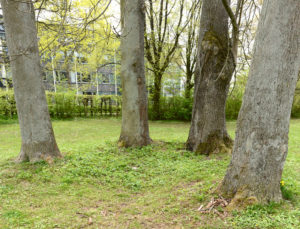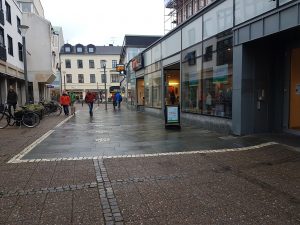(Bjärredsbanan) The Bjärred Line – a railway line to the seaside

Running alongside the street Lokföraregatan (Locomotive Engine Driver Street) at the outer edge of the newly built district Sockerbruket lies a pedestrian and bicycle track with somewhat irregular cross-striped markings. These markings bear a close resemblance to railway sleepers and are intended to do so as a reminder of the former railway line – (Bjärredsbanan) […]


